At this time, the attack on fossil fuels, particularly coal, is at a crescendo. In North America with the dishonestly named Inflation Reduction Act and the European Union with its Green Deal, key government institutions are doubling their efforts to subsidise renewable energy and force the closure of coal.
In Australia, we are seeing similar trends spearheaded by Climate Change and Energy Minister Chris Bowen, a man whose political conceit is only exceeded by his apparent incompetence in the role. Bowen was the man who, as Immigration Minister in the Gillard government, announced that stopping boats bringing illegal immigrants to Australia was impossible. He remained unchastened when the Abbott government stopped the border incursions within weeks of its inauguration. With his credibility in the ALP intact, Bowen is now helping to drive the economy over the cliff by attempting to complete the destruction of what was, less than 20 years ago, the world’s most successful energy industry.
The domestic electricity and gas industry presently faces a twin attack. First, there is the intensification of government subsidies to high-cost, low-reliability wind and solar. Secondly, it is confronted by financial regulators seeking to choke off the funding sources for all but politically sanctified renewables.
Subsidies to renewables have steadily mounted since John Howard, in what he considers to be his worst political decision, introduced the regulatory subsidy to renewable energy back in 2002. Starting as a modest goal to give a nudge to wind generation, then said to be on the cusp of becoming the lowest-cost source of electricity, the subsidies now amount to $10 billion a year.
Costing $3 billion a year are the two schemes for subsidising wind and solar: the Renewable Energy Target (RET) and the Small-scale Renewable Energy Scheme (SRES) for rooftop solar. Joining these are the Australian Carbon Credits Unit (ACCU) scheme, which the ALP weaponised by requiring the largest 215 emitters of CO2 to reduce their emissions by five per cent each year. The annual cost to those firms of this regulation is $30 million this year, increasing to a whopping $4.5 billion by 2030. In addition, there is a $750 million a year cost of administrating these measures through the Clean Energy Regulator.
Additional annualised support of some $5 billion a year includes:
- managing renewables in the day-to-day operating system ($400 million);
- $1.8 billion building the $20 billion Snowy 2 storage and for transmission lines that renewables need;
- financial support, mainly through the Commonwealth’s ‘Green’ bank ($1.4 billion) and
- support from state government schemes ($1.4 billion).
And this excludes the cost of the wind and solar generation itself or of the thousands of Hornsdale-type batteries that will be required in addition to Snowy 2.
Of course, all this was supposed to be made redundant by the much-hyped, imminent triumph of renewables. But from John Howard’s ‘infant industry’ support scheme of $2-300 million a year we have created a $10 billion a year behemoth that is forcing the heavily penalised coal generators out of the market and bringing ruinous price increases.
But the renewables industry lobby is far from finished. This week, campaigning began for the extension of the renewable energy subsidies that are scheduled to finish by 2030 (the latest of the ever-receding dates when the renewables were scheduled to be more than competitive with those pesky ‘legacy’ coal plants). To nobody’s surprise, Minister Bowen is apparently listening. Indeed, addressing the Clean Energy Council last week, he announced plans were being developed for new regulations covering industry, agriculture, buildings, transport, and resources as well as energy.
Financial regulations are being used to augment these subsidies. Treasury is about to implement its Climate-Related Financial Disclosure scheme, which prods companies to reformulate their inputs to avoid carbon emissions and imposes a whole swag of green tape in business to effect this.
This builds upon the Australian Prudential Regulation Authority (APRA) requiring super funds to demonstrate an understanding of Environment Social and Governance (ESG) ‘risks and opportunities’ in investment activities.
As part of Prudential Practice Guide SPG 530 Investment Governance (SPG 530), super funds must demonstrate ‘how risk considerations connected to ESG factors are integrated into investment analysis, decision making, and oversight, ensuring that the appropriate resources are available to identify and respond to material ESG factors’. Climate risk exposures are the focus of that. Super funds are expected to set objectives that the climate alarmists approve of, invest savers’ funds accordingly and take an active role in forcing any firm they invest in to engage in genuine green-focussed investment and to call out any ‘greenwashing’.
Such measures have become increasingly necessary to supplement the attack on coal. While Woke ESG superannuation funds in the past tended to do better than the average funds, this is because they were overweight on tech stocks and property. These sectors have performed poorly over the past couple of years. At the same time, hydrocarbon shares have outperformed the market – so much so that Shell has now reversed its policy of slowly extracting itself from oil and gas. Last year four of the five top-performing superannuation funds had no ESG policy.
The political picture is not without hope. Australians have long been fooled about the costless benefits of ‘clean’ energy. Prices are now rising as are complaints and there is no possibility of an enduring shelter from the high-cost wind/solar-dominated energy system. At the same time, we are seeing increased concern about visual and other intrusions from wind farms and their associated transmission lines as well as criticism, albeit muted, from green groups regarding the destruction of flora and fauna from wind and solar developments.
These and other factors are contributing to political transformations. In Europe, we have seen green-left governments fall in Sweden, Finland, Greece, Italy, and the Netherlands and today’s election in Spain may see another domino fall. Governments in Germany and the US are also under pressure. The reversal of green energy poisonings of Western nations’ economies cannot come too soon.
Got something to add? Join the discussion and comment below.
Get 10 issues for just $10
Subscribe to The Spectator Australia today for the next 10 magazine issues, plus full online access, for just $10.

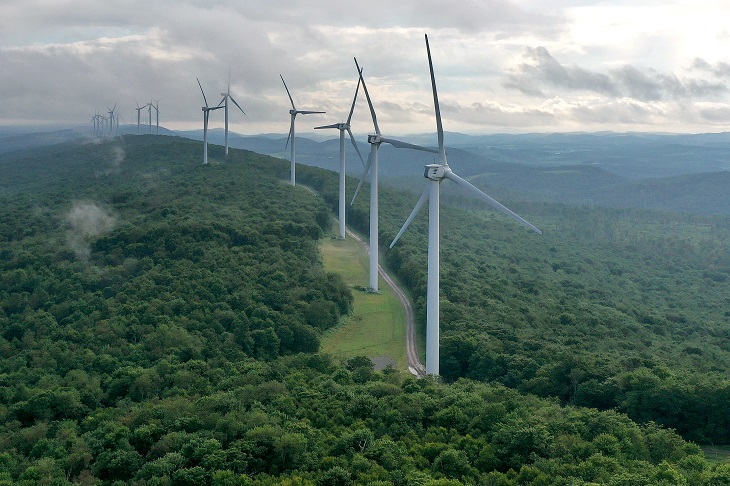
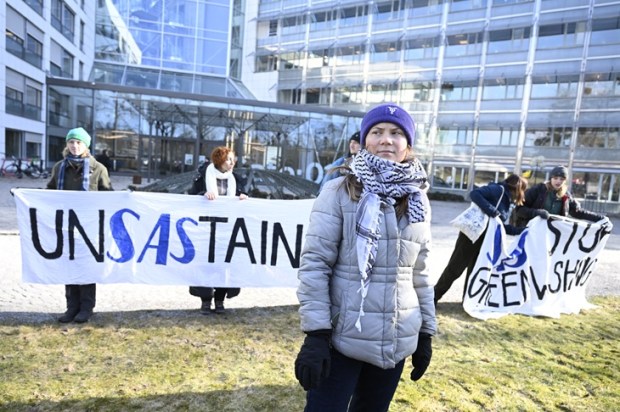
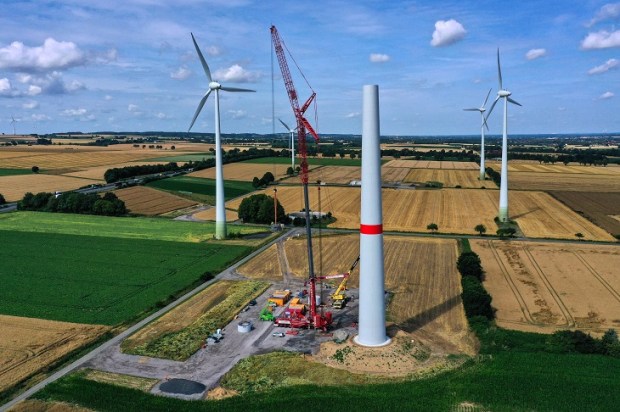

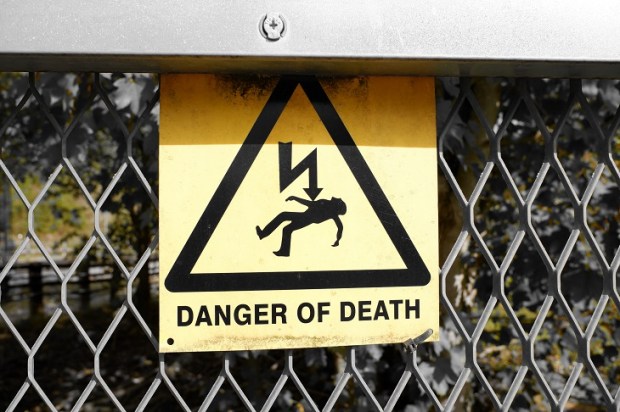
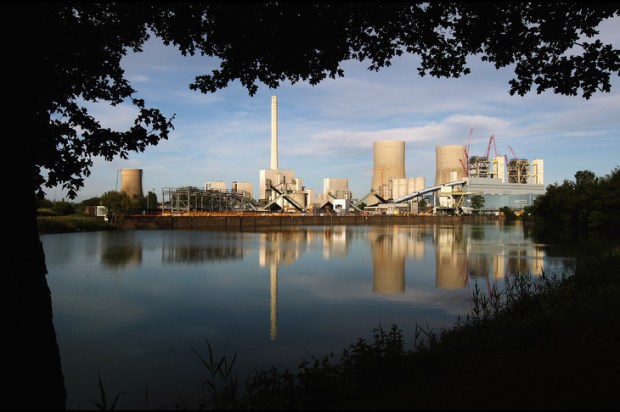
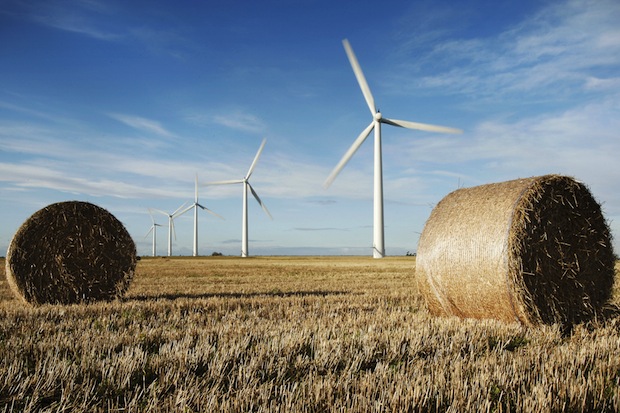


















Comments
Don't miss out
Join the conversation with other Spectator Australia readers. Subscribe to leave a comment.
SUBSCRIBEAlready a subscriber? Log in